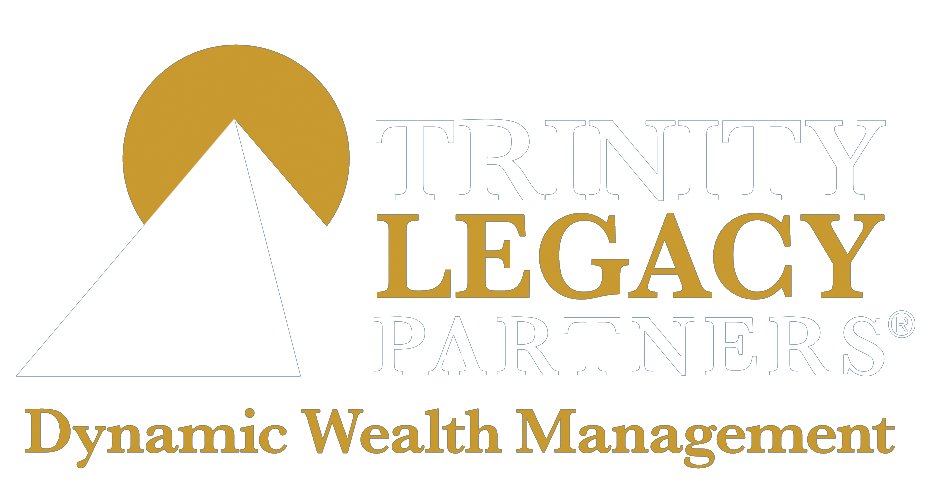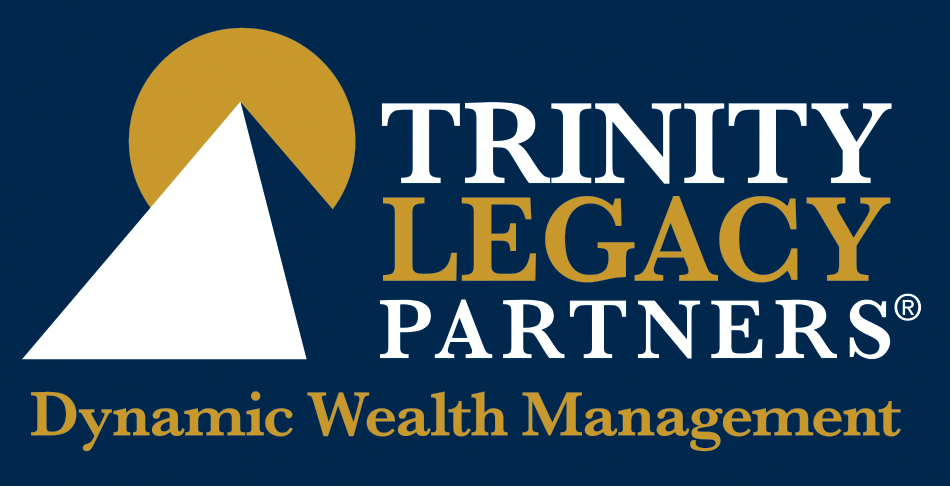Roth 401(k) Plans
Since employers are increasingly including a Roth 401(k) option as part of their defined contribution plan, employees should consider potential benefits of using the Roth 401(k) option instead of contributing to a traditional 401(k).
Much like a Roth IRA, a Roth 401(k) can provide tax-free income during retirement. Roth contributions are made with after-tax dollars compared to traditional 401(k) plans which are funded with pretax earnings. It should be noted that the tax treatment of 401(k) options are designed to be tax-neutral which means the primary factor to consider when making a decision is the individual’s current tax rate compared to their expected tax rate in retirement.
Choosing Between a Traditional and Roth 401(k)
A traditional 401(k) plan is usually the best option for employees who expect their tax rate in retirement to be lower than their current tax rate. The goal in this situation is to avoid current tax on contributions and pay tax at a lower rate in the future.
On the other hand, a Roth 401(k) may make more sense since for an employee who expects to pay tax at a higher rate in retirement since Roth accounts allow individuals to pay taxes today at a lower rate and then later withdraw those funds at a zero-tax rate.
Potential Benefits of a Roth 401(k)
Since many employees expect to have lower taxable income during retirement, maximizing pretax contributions to a traditional 401(k) often makes sense; however, this strategy fails to consider other potential benefits of a Roth 401(k) including the following:
- Younger employees can take advantage of the Roth option when income is lower and receive potential benefits of tax-free compounding for more years. Additionally, the ability to contribute to a Roth IRA is subject to income limitations which prevents high wage-earners from being able to contribute; however, Roth 401(k) contributions are not subject the same restriction.
- Contributions limits for Roth 401(k) plans are significantly higher than Roth IRAs. Annual contributions to Roth IRAs are limited to $6,000 for qualifying individuals and those age 50 and above can make catch-up contributions of another $1,000 per year. Maximum contributions to a Roth 401(k) are the same as traditional 401(k) plans which means an employee can contribute up to $19,000 annually to a Roth 401(k) as well as additional catch-up contributions of $6,000 annually for employees age 50 or older.
- When retiring (or leaving a job), individuals can roll over money from a Roth 401(k) directly to a Roth IRA and thus eliminate required minimum distributions (RMDs) after age 70 1/2. RMD requirements may be higher than what is required to fund retirement needs, and a Roth IRA provides the flexibility to take distributions when needed without incurring additional income tax.
- Employees who roll money directly from a Roth 401(k) plan to a Roth IRA when leaving a job, can take advantage of other Roth IRA benefits. If the Roth IRA has been in place for at least 5-years, an owner can withdraw their contributions tax-free and avoid the 10% early withdrawal penalty that applies to distributions before age 59 1/2. It is important to remember that withdrawals of account growth before age 59 1/2 from a Roth IRA are subject to income tax and penalties.
- Roth IRAs also offer an ability for first-time home buyers to withdraw up to $10,000 tax and penalty free toward a home purchase.
- Since current tax rates are relatively low by historical standards, contributing to a Roth 401(k) offers a potential tax-diversification strategy to mitigate risks of tax rate increases in the future.
- Distributions from a Roth IRA are not taxable income and do not impact Medicare Part B premiums in retirement. Premiums for Medicare Part B are based on taxable income and currently range from a low of $135.50 per month to a high of $460.50 per month based on taxable income as of 2019.
- Individuals who plan to retire early should consider contributing to a Roth 401(k) since Roth accounts can provide a source of tax-free income in the early years of retirement and provide an opportunity to qualify for tax-credits to cover health insurance premiums until Medicare eligibility at age 65.
Conclusion
Determining an optimal retirement savings strategy should be based on an individual’s circumstances and financial goals. Using cash-flow based retirement planning which considers the variety of factors which impact results and working with a qualified financial planning professional can help you develop a road map to achieve financial freedom.


